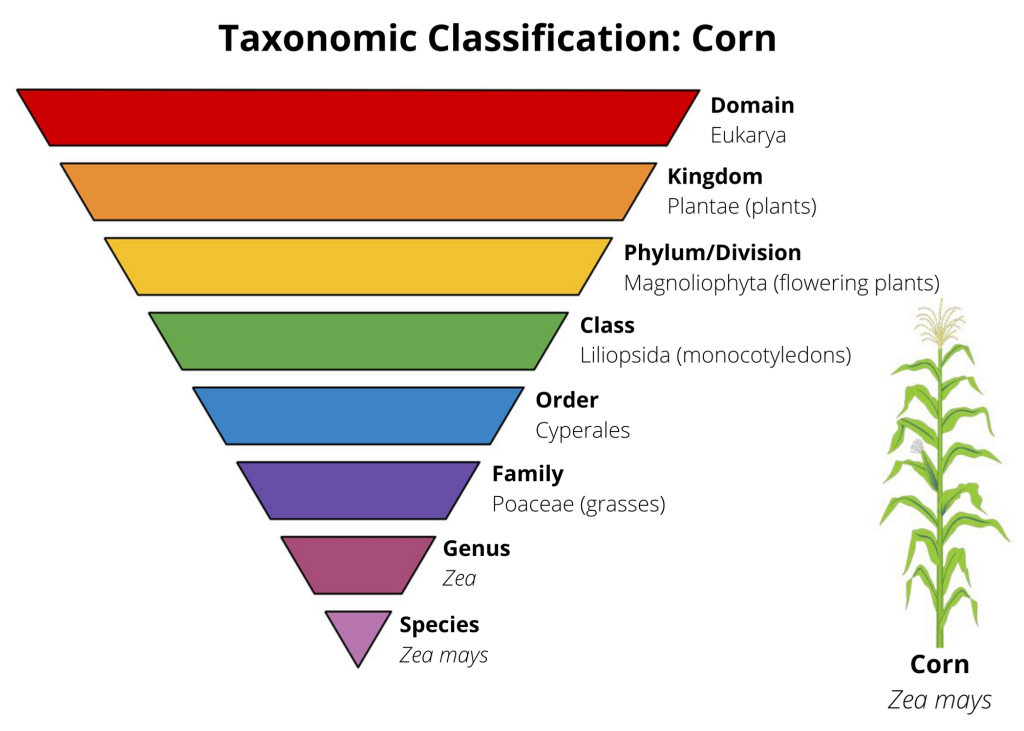
Taxonomy is the science of naming, describing and classifying organisms and includes all plants, animals and microorganisms. Plants are classified into a hierarchical system which can be divided into three distinct levels: kingdom, division, and class. The kingdom is the highest level and is further divided into divisions which are further divided into classes.
The kingdom Plantae is divided into divisions based on their characteristics, including the type of reproductive organs, the type of leaves, and the type of stem. The divisions are: Bryophyta (mosses), Pteridophyta (ferns), Gymnospermae (conifers), and Angiospermae (flowering plants).
The division Angiospermae is further divided into two classes: Monocotyledoneae and Dicotyledoneae. The monocotyledoneae class includes plants with one seed leaf, such as grasses, orchids, and palms. The dicotyledoneae class includes plants with two seed leaves, such as roses, beans, and oaks.
The class Monocotyledoneae is further divided into orders. These orders are based on the arrangement of leaves, veins, and other characteristics. Examples of orders include the Alismatales (water plants), Cyperales (sedge plants), Poales (grasses), Asparagales (asparagus family), and Liliales (lily family).
The class Dicotyledoneae is further divided into orders. These orders are based on the arrangement of leaves, veins, and other characteristics. Examples of orders include the Ranunculales (buttercup family), Ericales (heath family), Fabales (legume family), and Rosales (rose family).
At the lowest level of the taxonomic hierarchy are the individual species. Species are the most specific way to classify plants and are denoted by two Latin words. The first word is the genus and the second is the species, such as Rosa rubiginosa (sweet briar).
Taxonomy is an important tool for biologists as it helps them to make sense of the world around them. It also provides a useful system for understanding the relationships between different plants.

Taxonomy,plants,
naming, describing and classifying
